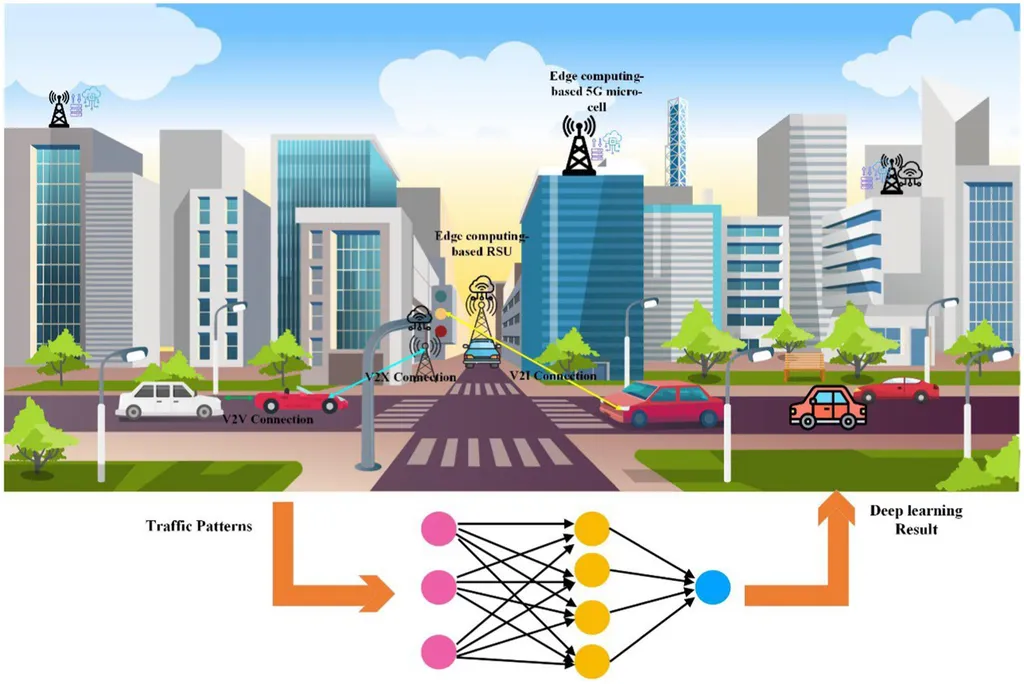In the world of road construction and maintenance, injection techniques have long been a go-to solution for reinforcing weak soils and rehabilitating pavements. These techniques, which involve injecting various compositions like cement, polymer, or silicatized materials into soils such as peat, clay, and silt, can significantly increase bearing capacity, reduce deformations, and prevent roadway subsidence. However, the devil is often in the details, and understanding the depth filtration process is key to optimizing these techniques.
Enter Galina Safina, a researcher from Moscow State University of Civil Engineering, who has been delving into the intricacies of suspension filtration in heterogeneous porous media. Her recent study, published in the *International Journal for Computational Civil and Structural Engineering* (translated from Russian as “Международный журнал по вычислительной гражданской и строительной инженерии”), tackles a complex problem: how to model and predict the behavior of injected suspensions in soils with varying porosity.
Safina’s work focuses on a porous medium with a linear porosity function that changes with spatial coordinates. “Understanding this process is crucial for improving the effectiveness of soil reinforcement techniques,” Safina explains. “It helps us predict how injection solutions penetrate the soil and interact with it, allowing us to control the process for optimal results.”
The study provides an exact solution to the filtration problem and derives asymptotic solutions for the concentrations of suspended and retained particles when porosity changes are insignificant. This research is not just about theoretical modeling; it has practical implications for the energy sector and other industries that rely on stable and durable infrastructure.
For instance, in the energy sector, roads and infrastructure often need to be built on weak or unstable soils. Traditional methods can be costly and time-consuming, but injection techniques offer a more efficient alternative. By understanding and controlling the depth filtration process, engineers can ensure that the injected materials penetrate the soil effectively, providing the necessary reinforcement and stability.
Safina’s research could lead to more precise and efficient injection techniques, reducing material waste and lowering costs. “This work lays the groundwork for developing more advanced and targeted injection strategies,” Safina notes. “It’s about making the process smarter and more effective.”
The study also opens up new avenues for research in deep bed filtration, porous media, and suspension dynamics. As the energy sector continues to expand into challenging terrains, the need for innovative and reliable construction techniques will only grow. Safina’s work is a step in that direction, offering insights that could shape the future of soil reinforcement and pavement rehabilitation.
In the ever-evolving landscape of civil and structural engineering, Safina’s research stands out as a beacon of innovation. It’s a testament to the power of theoretical modeling in driving practical advancements, and a reminder that even the most complex problems can be unraveled with the right approach. As the energy sector continues to push boundaries, research like Safina’s will be instrumental in building the infrastructure of the future.

